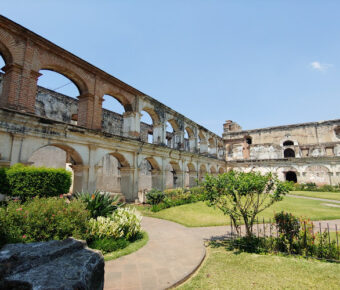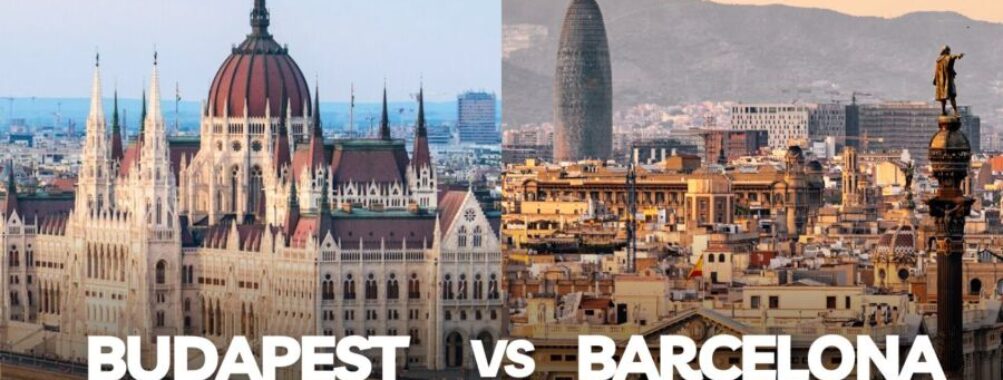
Budapest vs Barcelona: Which European Gem Offers the Ultimate City Break?
Planning a European getaway but can’t decide between Budapest and Barcelona? These captivating cities offer unique experiences for every type of traveler. Both destinations boast rich cultural heritage, stunning architecture, and vibrant nightlife scenes, making them top choices for unforgettable holidays.
Budapest, the “Pearl of the Danube,” charms visitors with its thermal baths, grand boulevards, and affordable prices. The city’s mix of history and modernity creates a one-of-a-kind atmosphere. Conversely, Barcelona dazzles with its Mediterranean flair, world-class beaches, and Gaudí’s whimsical creations. The Catalan capital’s energy is infectious, drawing millions of tourists annually.
Choosing between these two gems depends on personal preferences. Budapest appeals to those seeking a blend of Eastern and Western European culture, while Barcelona attracts sun-seekers and art enthusiasts. No matter which city one picks, an amazing adventure awaits.
Contents
- Geographical and Historical Context
- Historical Landmarks
- Architectural Marvels
- Iconic Constructions
- Culinary Exploration
- Local Cuisine Insights
- Vibrant Lifestyle and Entertainment
- Leisure and Nightlife
- Cultural Events and Activities
- Accommodations and Cost Considerations
- Budget-Friendly Stays
- Living Expenses Analysis
- Transport Options and Accessibility
- Education and Student Life
- The Great Outdoors
- Frequently Asked Questions
- What are the differences in cost of living between Budapest and Barcelona?
- In terms of size, how does Budapest compare with major European cities like London or Paris?
- What unique experiences does Budapest offer that distinguishes it from Barcelona?
- From a cultural perspective, how do Budapest and Barcelona’s attractions differ for tourists?
- Which city, between Budapest and Prague, offers a more captivating travel experience?
- What are the reasons behind the affordability of visiting Budapest?
- More Travel Guides
Geographical and Historical Context
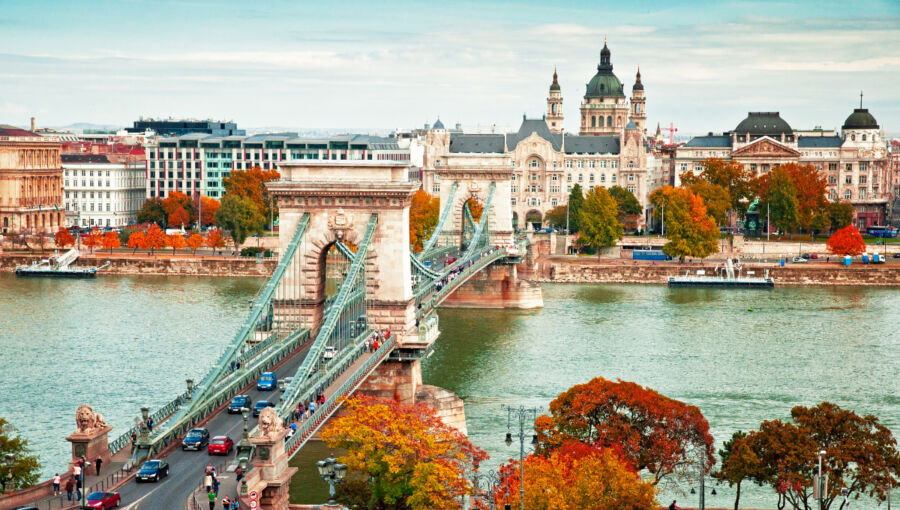
Budapest and Barcelona have rich histories spanning centuries. Both cities boast stunning architecture and important landmarks that reflect their unique cultural heritage.
Historical Landmarks
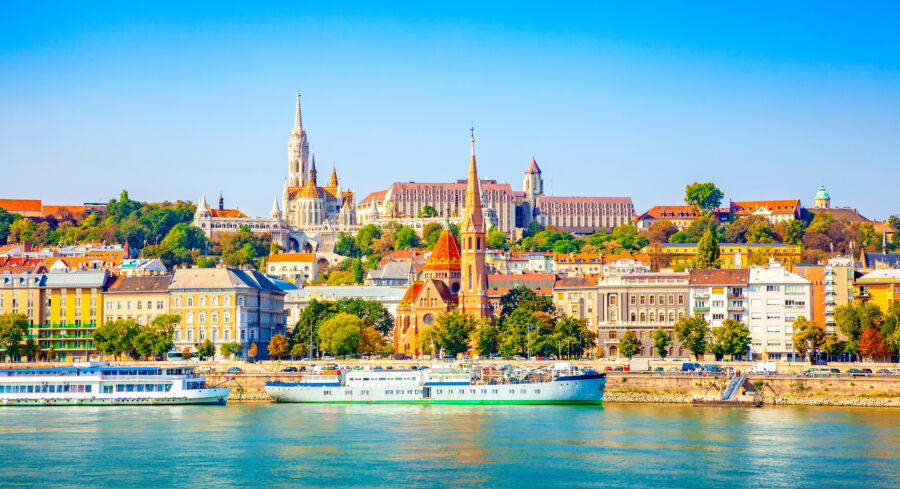
Budapest’s history goes back over 2,000 years. The city sits on the Danube River, with hilly Buda on one side and flat Pest on the other. The Buda Castle Quarter is a UNESCO World Heritage site. It’s home to the grand Buda Castle, which dates to the 13th century.
The Hungarian Parliament Building is another famous landmark. This neo-Gothic masterpiece, built in the late 1800s, took 17 years to complete. Its striking silhouette defines Budapest’s skyline.
Barcelona has an equally impressive past. The Gothic Quarter contains Roman ruins, and narrow medieval streets wind through this historic area.
The Sagrada Família is Barcelona’s most famous sight. This massive church has been under construction since 1882. Architect Antoni Gaudí‘s unique vision blends Gothic and Art Nouveau styles.
Both cities mix old and new. Ancient ruins stand next to modern buildings. This blend of eras creates a special atmosphere in Budapest and Barcelona.
Architectural Marvels

Budapest and Barcelona boast stunning architectural treasures that showcase their rich histories and unique styles. Both cities offer visitors a feast for the eyes with iconic buildings that blend old-world charm and modern innovation.
Iconic Constructions
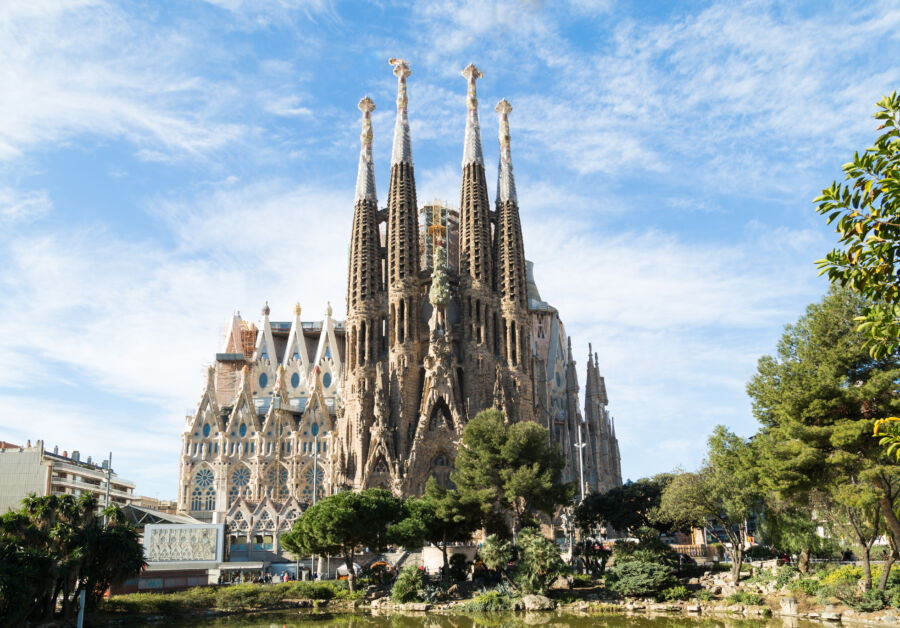
The majestic Hungarian Parliament Building dominates Budapest’s skyline. This Gothic Revival masterpiece sits on the banks of the Danube River. Its intricate spires and domes make it a must-see landmark.
Across the river, Buda Castle perches on a hill. This grand palace complex, which spans centuries of architectural styles, offers amazing views of the city below.
Barcelona is famous for Antoni Gaudí’s whimsical creations. The Sagrada Família is his unfinished masterpiece.
This huge church mixes Gothic and Art Nouveau elements in a unique way. Its soaring towers and colorful facades draw millions of visitors each year.
Gaudí’s other works dot the city. Park Güell and Casa Batlló show off his playful use of shapes and colors. These buildings look like they’re straight out of a fairy tale.
Both cities have lots more to see beyond these famous spots. Budapest has elegant thermal baths and Art Nouveau buildings. Barcelona has a Gothic Quarter full of medieval gems.
Culinary Exploration
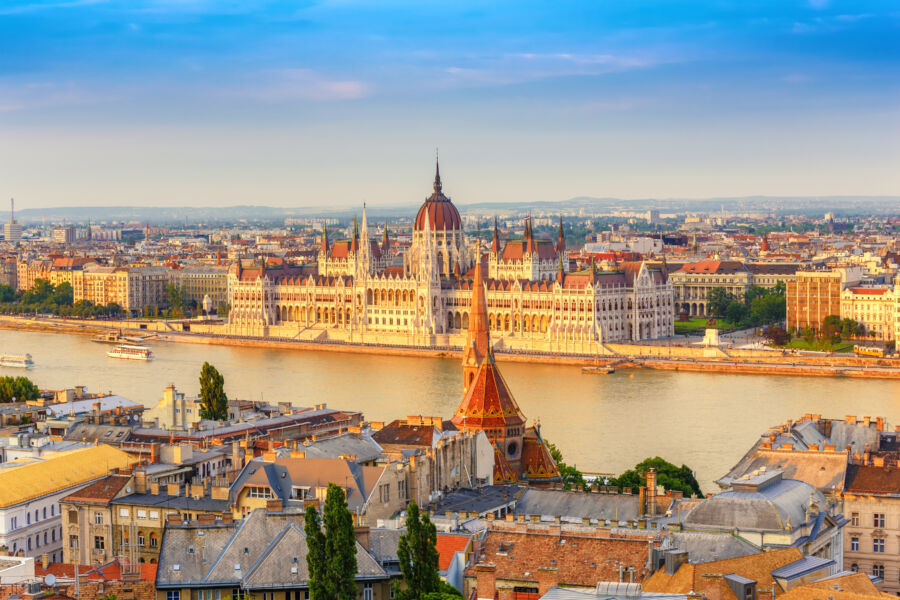
Budapest and Barcelona offer amazing food scenes to make your taste buds dance. These cities have unique flavors and dining experiences waiting to be discovered.
Local Cuisine Insights

Hungarian goulash is a must-try dish in Budapest. This hearty stew warms you up on chilly days. Look for it in traditional restaurants or “etkezde” lunch spots.
Barcelona is famous for paella, a saffron-flavored rice dish filled with seafood or meat. For the best paella with ocean views, head to beachfront eateries.
Both cities have bustling food markets. In Budapest, check out the Central Market Hall. It’s packed with local treats like langos (fried bread) and Pick salami.
La Boqueria in Barcelona is a food lover’s paradise. Sample fresh fruits, cured meats, and local cheeses. Grab a seat at one of the market bars for tapas.
Street food is big in both places. Try chimney cake (kürtőskalács) in Budapest. Don’t miss patatas bravas—crispy potatoes with a spicy sauce in Barcelona.
See Related: Rome vs Barcelona: Which European Gem Should You Visit Next?
Vibrant Lifestyle and Entertainment
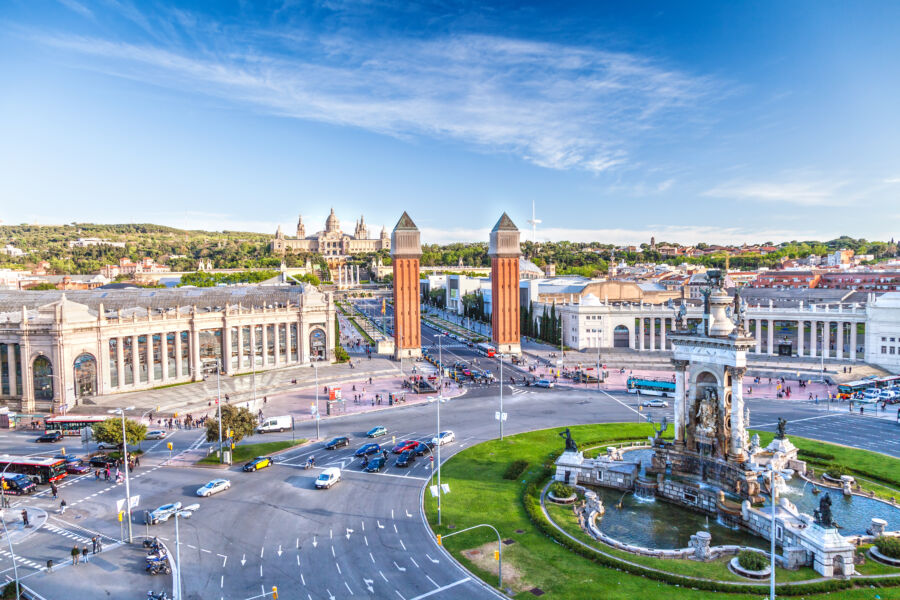
Budapest and Barcelona buzz with energy day and night. These cities offer tons of fun things to do, from cool bars to awesome cultural events.
Leisure and Nightlife
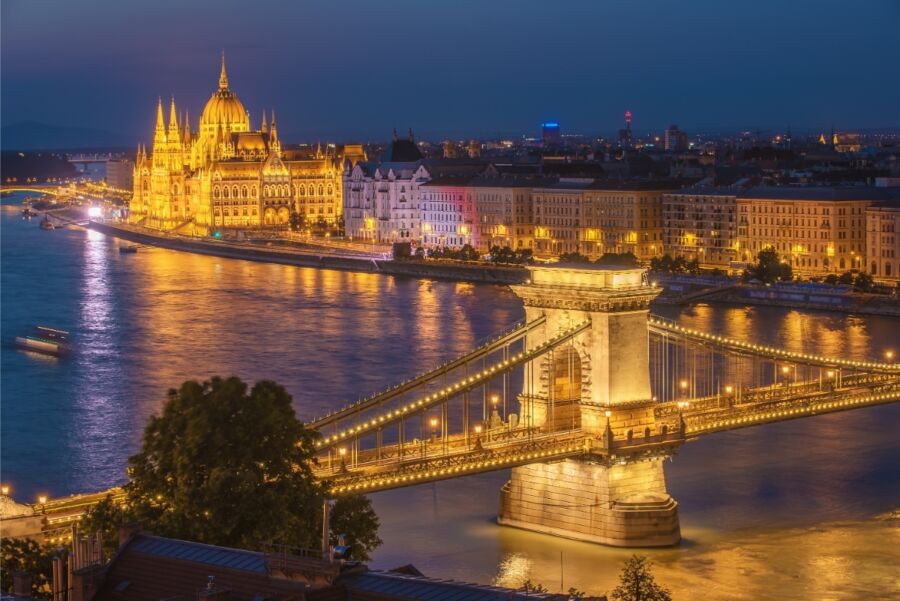
Budapest’s ruined bars are a must-see. These quirky spots in old buildings have a funky vibe you won’t find anywhere else.
Szimpla Kert is the most famous – it’s like stepping into a crazy art project where you can grab a drink. The city also has thermal baths where you can chill out in warm water under the stars.
Barcelona’s nightlife is wild. The city doesn’t sleep – bars and clubs stay open super late.
Beach clubs along Barceloneta are perfect for dancing with your toes in the sand. If you want something more low-key, grab a drink at a terrace bar and people-watch.
Both cities have great shopping, too. Budapest has cool vintage stores, while Barcelona has fancy designer shops on Passeig de Gracia.
Cultural Events and Activities
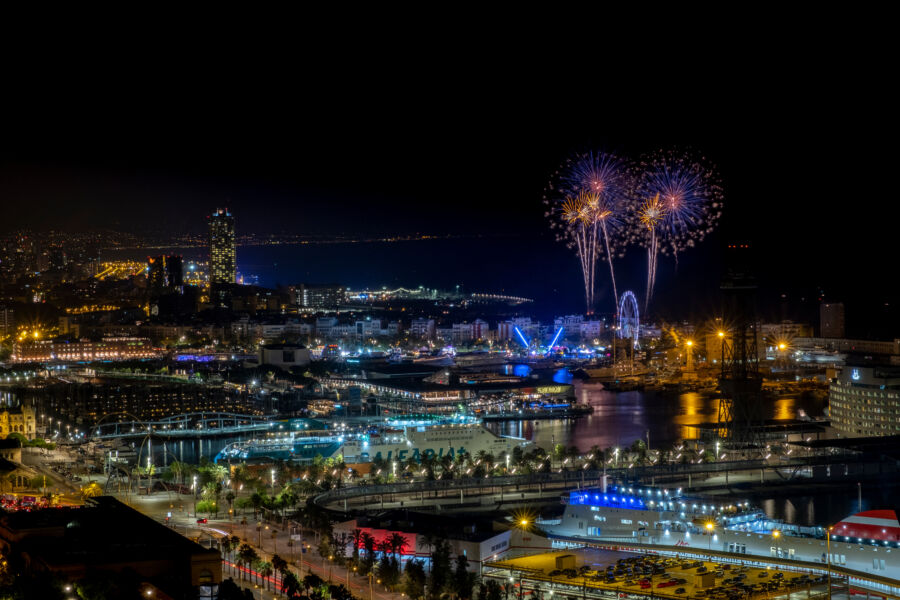
These cities are packed with cool stuff to do. Budapest hosts amazing music festivals like Sziget, where you can see big-name acts on an island in the Danube. The city also puts on neat events in public spaces, like outdoor movie nights in summer.
Barcelona goes all out with its festivals. La Mercè in September is huge – the whole city turns into one big party with street performances and fireworks. You can also catch awesome live music year-round, from jazz clubs to massive concerts.
Both places have tons of museums and attractions to check out. Don’t miss the House of Terror in Budapest to learn about the city’s past. Barcelona has the wild Gaudí buildings that look like they’re from another planet.
Accommodations and Cost Considerations

Budapest and Barcelona offer different experiences regarding places to stay and living costs. Let’s look at what you can expect in each city.
Budget-Friendly Stays
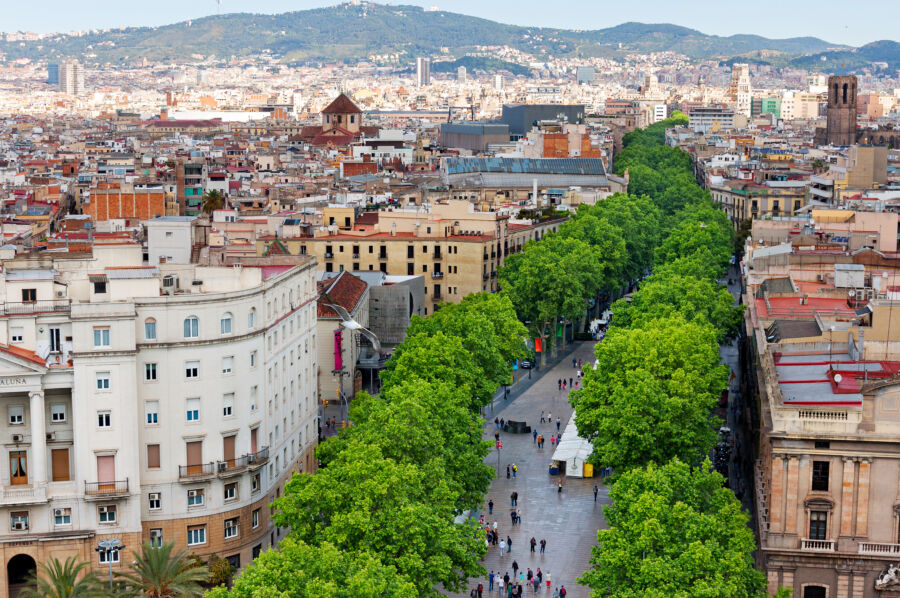
Budapest is known for its affordable accommodation options. You’ll find many cheap hostels and budget hotels, especially in the city center. A bed in a shared dorm room can cost as little as $10-15 per night, and private rooms in budget hotels start around $30-40.
Barcelona’s prices are higher, but there are still deals. Hostels in popular areas like Las Ramblas or Gothic Quarter charge about $20-30 for a dorm bed.
Budget hotels run $60-80 for a basic private room. For longer stays, apartment rentals can be cost-effective in both cities.
Living Expenses Analysis
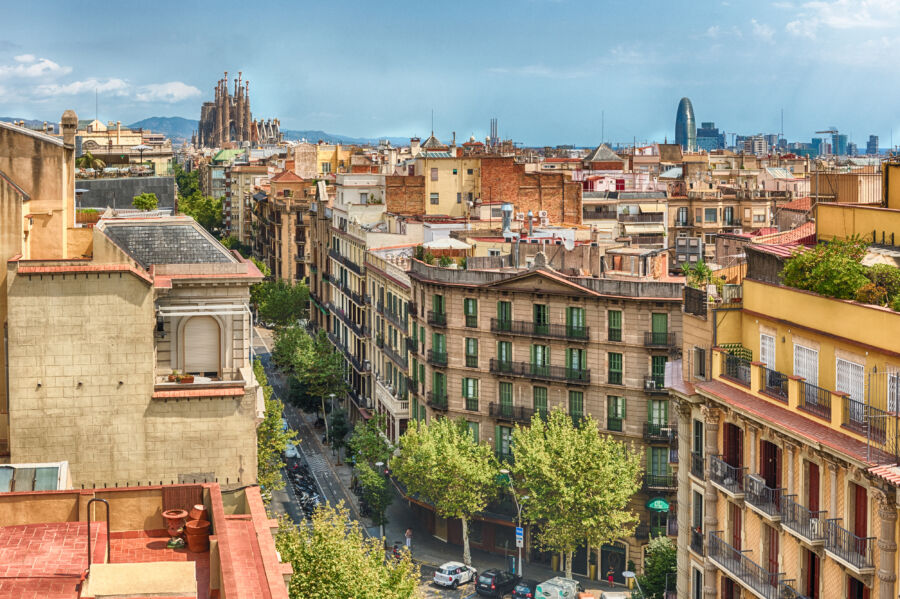
Day-to-day costs are much lower in Budapest. A meal at an inexpensive restaurant costs about $5-7, while a similar meal in Barcelona costs $12-15. Groceries are also cheaper in Budapest – expect to pay about 30-40% less than in Barcelona.
Budapest’s public transport is a bargain. A single ticket costs less than $1, compared to around $2.50 in Barcelona. Monthly passes in Budapest are about $30, while in Barcelona, they’re closer to $60.
Rent is the biggest difference. A one-bedroom apartment in Budapest’s city center averages $500-600 monthly.
You’d pay $900-1100 in Barcelona for a similar place. Budapest apartments cost $350-450 outside the center, while Barcelona’s suburbs cost $700-850.
Transport Options and Accessibility
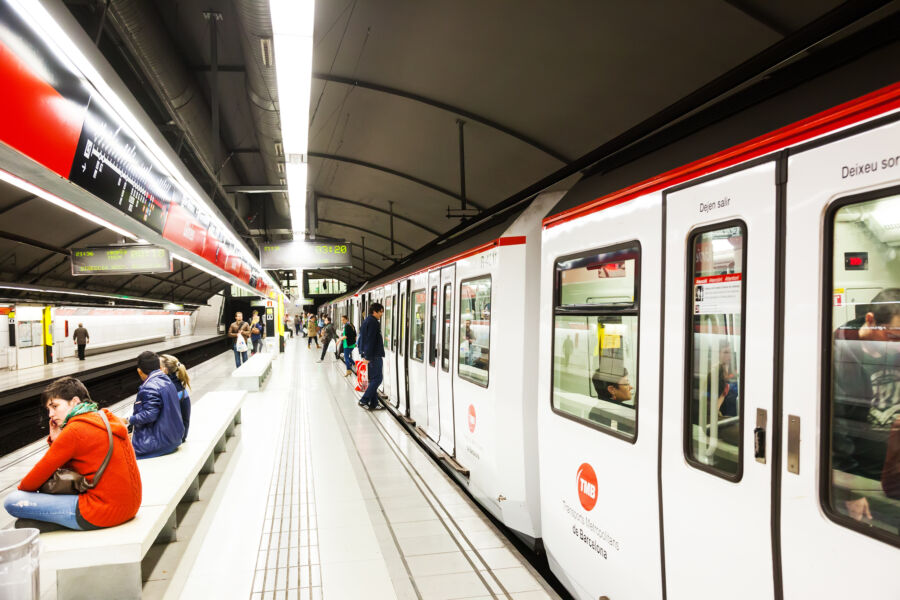
Their excellent public transport systems make getting around Budapest and Barcelona a breeze. Both cities boast extensive metro networks that whisk visitors to major attractions quickly and efficiently.
Barcelona’s metro covers most of the city center and extends to popular spots like the beach. Buses fill in any gaps. The city’s bike-sharing system is another great way to explore, with dedicated cycling lanes crisscrossing the streets.
Budapest shines when it comes to unique transport options. The historic yellow trams are a charming way to see the sights.
For a scenic ride, hop on tram line 2 along the Danube. The city also has funiculars and a chairlift for some out-of-the-ordinary trips.
Both cities make sightseeing a cinch with hop-on, hop-off bus tours. These are perfect for first-time visitors who want to see all the major landmarks.
Barcelona wins out for day trips. The train network connects lovely coastal towns and the mountains. Budapest’s day trip options are more limited, but it still offers some gems, like Szentendre, a picturesque artists’ town.
Taxis and ride-sharing services are readily available in both cities. They’re pricier than public transport but can be handy late at night or with luggage.
See Related: Budapest vs Rome: Which European Gem Offers the Ultimate City Break?
Education and Student Life
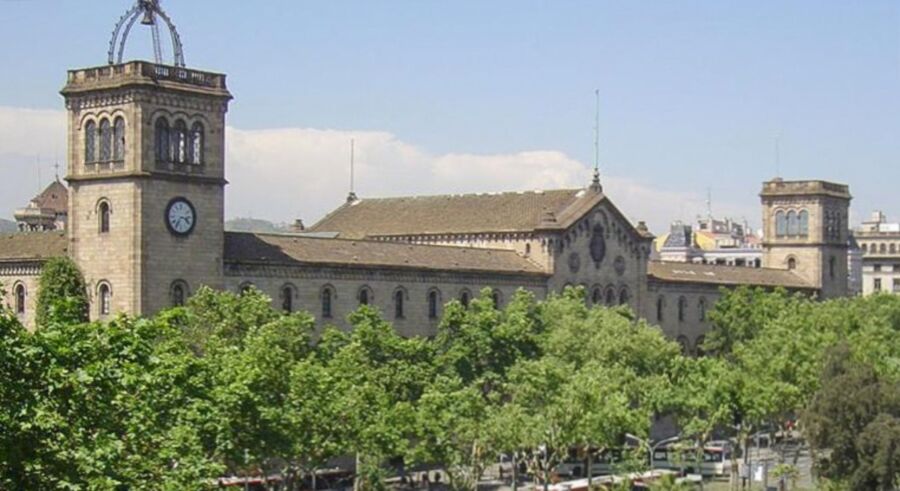
Barcelona and Budapest both offer great options for students. Barcelona has several top-ranked universities, such as the University of Barcelona and Pompeu Fabra University. Students love the city’s beach vibes and vibrant social scene.
Budapest is home to prestigious schools like Central European University and Eötvös Loránd University. The Hungarian capital attracts lots of international students with its affordable living costs and lively ruin bars.
Both cities have large student populations that bring youthful energy. You’ll find plenty of cafes, libraries, and study spots in either place. Barcelona probably has more English-taught programs, while Budapest offers some unique courses in fields like Central European studies.
Student life in Barcelona revolves around beach outings, tapas crawls, and FC Barcelona matches. Budapest students enjoy thermal baths, riverside hangouts, and boat parties on the Danube.
Housing can be pricey in Barcelona, but more part-time job opportunities exist. Budapest has cheaper rents and living expenses overall. Public transit is good in both cities, making it easy to explore around campus.
The Great Outdoors
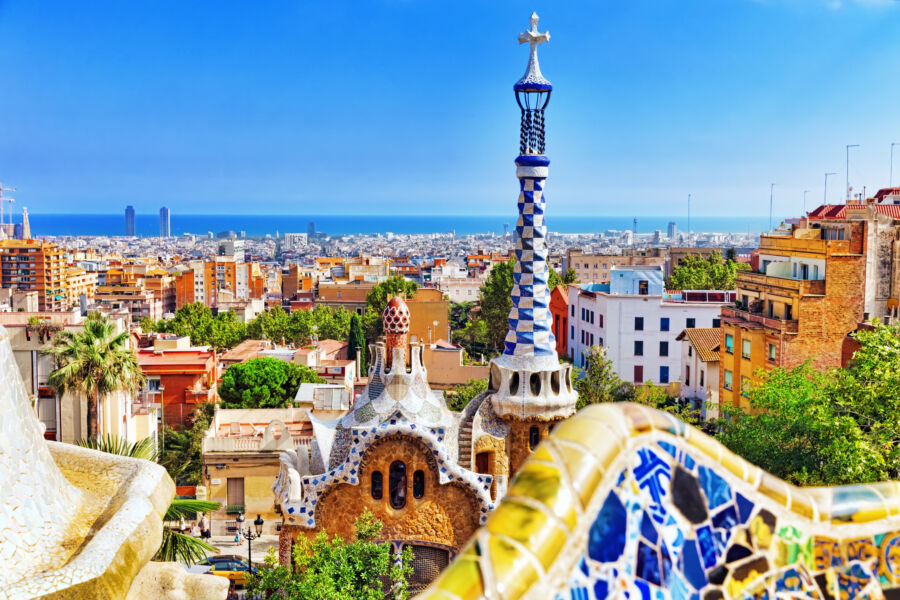
Barcelona and Budapest offer amazing outdoor experiences but in very different ways. Barcelona has gorgeous beaches right in the city.
Imagine golden sand stretching for miles, with the sparkling Mediterranean Sea lapping at the shore. It’s perfect for sunbathing, swimming, or just people-watching.
Budapest might not have beaches, but it has something even cooler—thermal baths! These giant outdoor pools are filled with warm, mineral-rich water. Soaking in places like the Széchenyi Baths feels like stepping back into a grand Roman spa.
Nature lovers will find plenty to explore near both cities. Barcelona is close to Montserrat, a stunning mountain range with weird rock formations and hiking trails. Budapest has the Buda Hills, where visitors can take a scenic ride on the Children’s Railway or hike up to Elizabeth Lookout Tower for amazing city views.
Barcelona’s Park Güell is a must-see for a fun day out. It’s like walking into a fairy tale, with Gaudí’s whimsical architecture blending into the landscape. Budapest’s City Park is great for relaxing, with a lake for boating in summer and ice skating in winter.
Both cities have fantastic parks and green spaces scattered throughout. They’re perfect spots to unwind, have a picnic, or just enjoy some fresh air between sightseeing adventures.
See Related: Best Cities in Europe to Enjoy Winter Without the Crowds
Frequently Asked Questions

Budapest and Barcelona both offer unique experiences for travelers. These cities have distinct cultures, attractions, and costs that set them apart. Let’s dive into some common questions people ask when comparing these two European hotspots.
What are the differences in cost of living between Budapest and Barcelona?
Budapest is cheaper than Barcelona in most areas. Food, drinks, and hotels cost less in the Hungarian capital.
In Budapest, a meal at a mid-range restaurant might be 30-40% cheaper. Rent is also lower, making long-term stays more budget-friendly.
Barcelona has higher prices, especially in touristy areas. Accommodation and dining out can be pricey. But both cities have options for budget travelers if you know where to look.
In terms of size, how does Budapest compare with major European cities like London or Paris?
Budapest is smaller than London or Paris. Its city proper has about 1.7 million people, which makes it cozier and easier to explore on foot or by public transport.
London and Paris are huge metropolises with over 8 million residents each. They sprawl out much further than Budapest. Visitors often find Budapest more manageable and less overwhelming.
What unique experiences does Budapest offer that distinguishes it from Barcelona?
Budapest is famous for its thermal baths. The city sits on natural hot springs.
Széchenyi and Gellért baths are must-visit spots. Soaking in these historic pools is a one-of-a-kind experience.
Another unique draw is the city’s ruin bars. These quirky pubs in abandoned buildings have a cool, artsy vibe. Szimpla Kert is the most famous.
Budapest’s Castle District offers stunning views of the Danube. The area feels like stepping back in time with its cobblestone streets and old-world charm.
From a cultural perspective, how do Budapest and Barcelona’s attractions differ for tourists?
Budapest’s culture is steeped in Central European history. Its architecture blends Gothic, Renaissance, and Art Nouveau styles. The Hungarian Parliament building is a prime example.
The city’s Jewish Quarter tells stories of WWII and resilience. Museums like the House of Terror offer sobering looks at Hungary’s past.
Barcelona’s culture is more Mediterranean. It’s known for Gaudí’s whimsical architecture, like the Sagrada Familia. The city has a lively beach scene and a strong Catalan identity.
Art lovers flock to Barcelona for Picasso and Miró museums. The Gothic Quarter shows off medieval charm. Each city offers a distinct cultural experience.
Which city, between Budapest and Prague, offers a more captivating travel experience?
This is tough to answer as both cities are captivating in their ways. Budapest has its thermal baths and ruin bars. The Danube River splits the city into hilly Buda and flat Pest.
Prague is known for its fairy-tale-like Old Town and Prague Castle. It’s famous for its beer culture and stunning Gothic architecture.
Both cities have rich histories and beautiful bridges. Prague might edge out for first-time visitors due to its compact historic center. But Budapest offers a more off-the-beaten-path feel.
What are the reasons behind the affordability of visiting Budapest?
Hungary uses the forint, not the euro. Visitors from eurozone countries find this makes prices seem lower. The cost of living in Hungary is generally lower than in Western Europe.
Budapest has lots of competition in the tourism sector, which keeps hotel and restaurant prices down. The city also has efficient public transport, cutting travel costs.
Street food and local markets offer cheap food. Free walking tours and affordable attractions help stretch travel budgets. These factors combine to make Budapest a wallet-friendly destination.


